
- Index
- Brand
- Material
- Size
- Sub-type
- Theme
- Type
- Action Figure (105)
- Boot (12)
- Cigarette Lighters (18)
- Doll (21)
- Doll Playset (35)
- Eau De Parfum (60)
- Eau De Toilette (49)
- Fashion Doll (20)
- Figure (19)
- Figurine (18)
- Jacket (24)
- Perfume (22)
- Plush Bear (16)
- Poster (24)
- Race Car (13)
- Soft Toys (22)
- Sunglasses (15)
- T-shirt (22)
- Trainer (120)
- Wristwatch (37)
- Other (2441)
Museum quality big extremely rare lycopod Bothrodendron with foliage Lycopodites

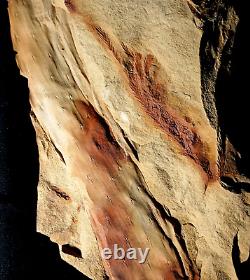
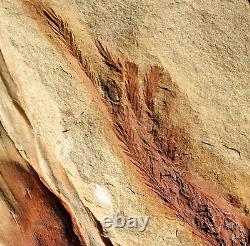
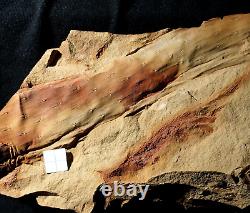
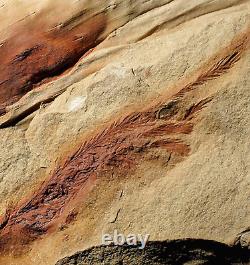
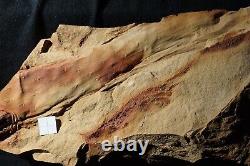
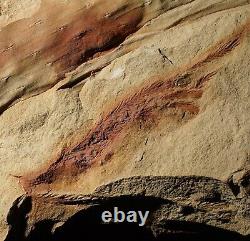

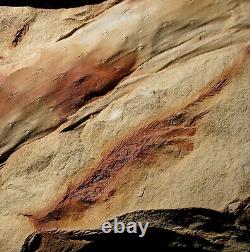
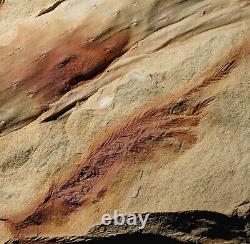
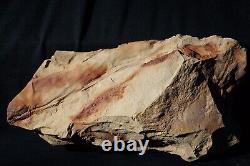


My specimens are genuine and will be delivered with a Certificate of authenticity, age and origin and scientific works copy described this species! I will send You a combine invoice.
Extremely rare, museum quality, big specimen of rare lycopod fossil. With it's very rare foliage. All detailed data will be provided with the specimen.Upper Carboniferous - Pennsylvanian - Westphalian B. 23,0 x 14,0 x 4,5 cm (white square on last picture is 1,0 x 1,0 cm). Is the generic name for the arboresent lycopod like Lepidodendron or Lepidophloios. Specimens belonging to the lycopsid genus Bothrodendron are identified by distinctive shoots that have small superficial leaf scars.
The species are distinguished on the basis of leaf scar shape and ornamentation on their stem surfaces. Of the two Pennsylvanian (upper Carboniferous) species. Has been found several times with leafy shoots attached, but. Has, until now, only been found as large leafless stems.The leafy specimen of Bothrodendron are relatively rare lycopsids. Were simmilar to lepidodendron cones Lepidostrobus , but more elongated, and somewhat similar to the shape of Sigillaria cones. Which encompasses the herbaceous forms of the lycopsids, presents broad time and spacial distribution during the Paleozoic, with its initial records dating from the European Devonian. Like like modern Lycopodium were a genus of clubmosses, also known as ground pines or creeping cedar, in the family Lycopodiaceae, a family of fern-allies - Pteridophyta. They are flowerless, vascular, terrestrial or epiphytic plants, with widely-branched, erect, prostrate or creeping stems, with small, simple, needle-like or scale-like leaves that cover the stem and branches thickly.
The fertile leaves are arranged in cone-like strobilus. Specialized leaves (sporophylls) bear reniform spore-cases (sporangia) in the axils, which contain spores of one kind only. These club-shaped capsules give the genus its name. Were creeping or ascendant plants with simple, scale-like leaves on branching stems from which roots also arise. This item is in the category "Collectibles\Rocks, Fossils & Minerals\Fossils\Vegetation\Plants".
The seller is "paleobotanica_com" and is located in this country: PL. This item can be shipped to North, South, or Latin America, all countries in Europe, all countries in continental Asia, Australia.
- Modified Item: No
- museum quality fossil: pre dinosaur fossil

